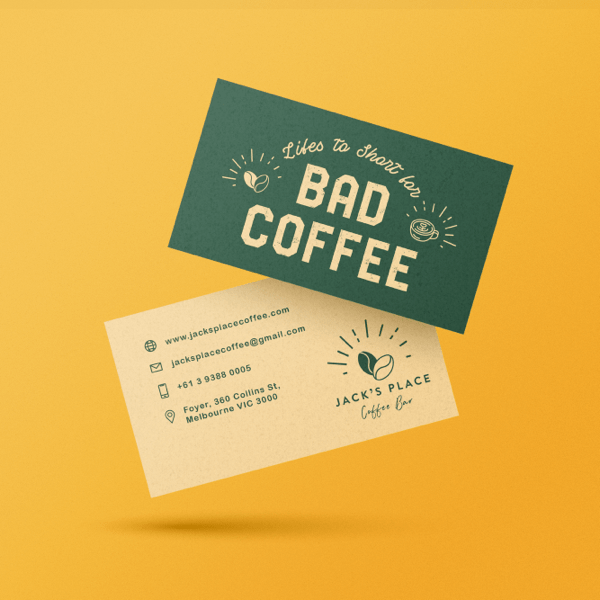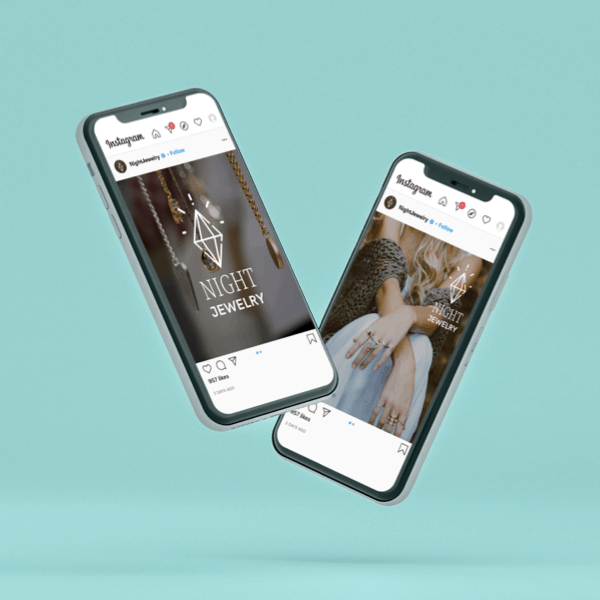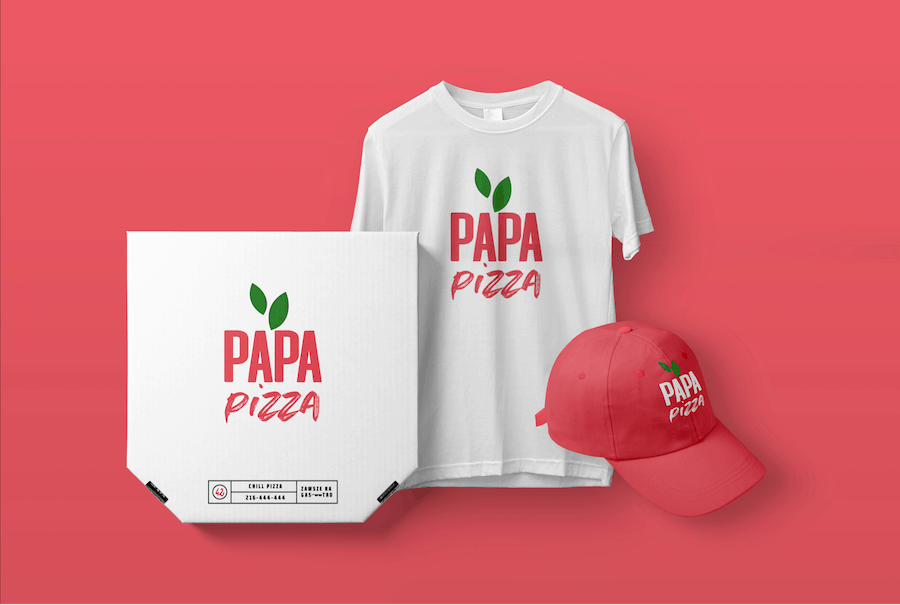At Tailor, we offer our users PNG, JPG and Vector files. That said, there are a few options for transparent logo files. Let’s discuss the difference between them all:
PNG: This is the ideal file for digital branding, whether you’re putting your logo on business presentations, social media pages, or the corner of your website. It’s generally the most common file for logos with transparent backgrounds, mainly because it can “store” graphics, drawings, and millions of colors in a small file size.
JPG: These can easily be compressed, and they don’t take up much bandwidth. This file type is usually used for transferring images online.
GIF: While GIFs do allow for transparent backgrounds, they’re not as commonly used as PNGs. However, you may want to consider using GIFs if you’re using an animated logo.
SVG: Ideal for graphics and website iconic elements, SVGs are often used by printers and designers (as opposed to digital platforms like websites).
As mentioned above, Tailor Brands Logo Maker should provide you with all the transparent logo files you need.
However, you can also make your own logo with a transparent background – but it will require a little design finesse and some patience.
Remember, transparent logos are your versatile logo file, and they come in handy for everyday branding needs. You can use them on any context, color, background or surface that clashes with your logo or hides it from full view.
Ready to start branding? If you want to start the logo design process from scratch, check out our post on how to make a logo and get designing!




